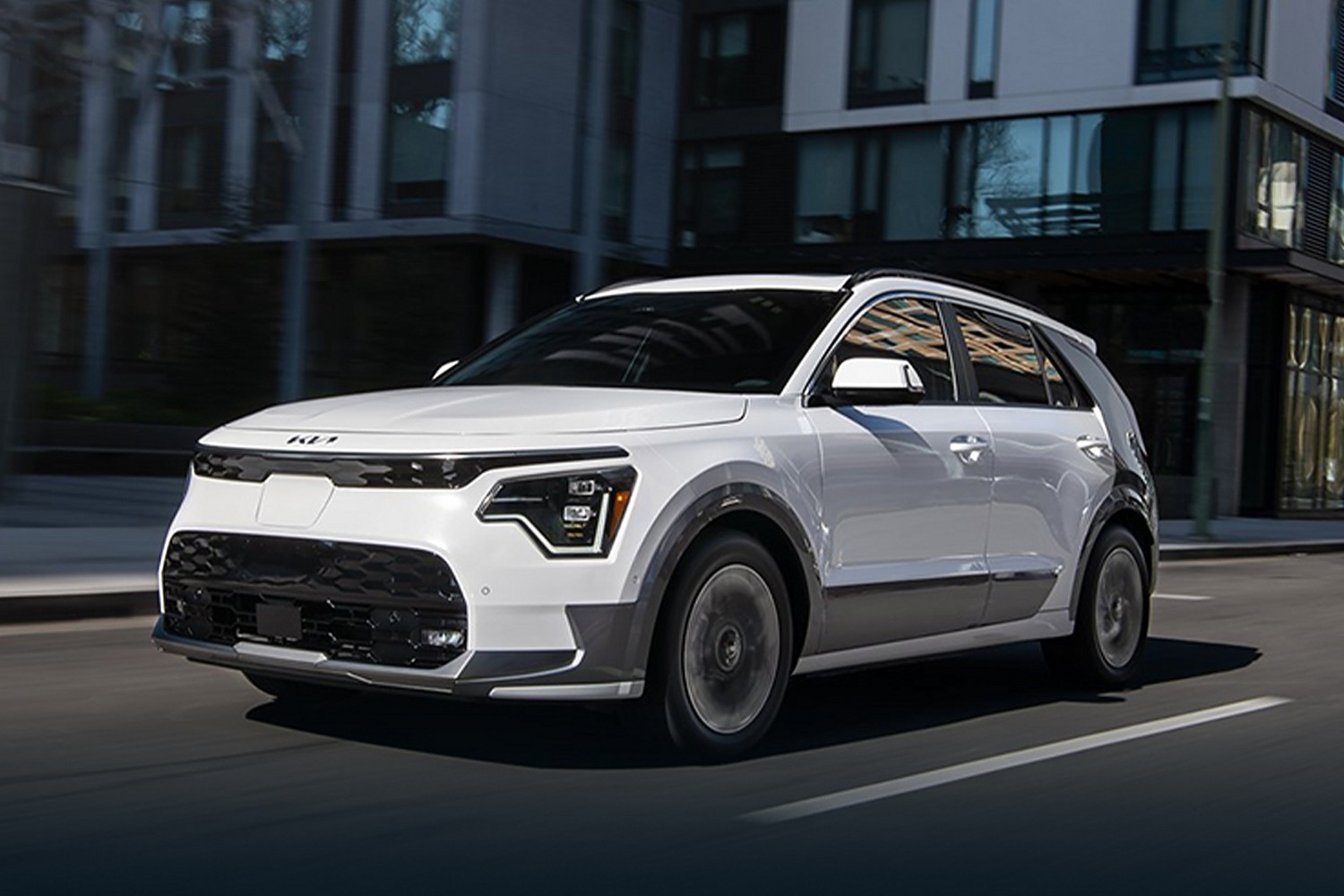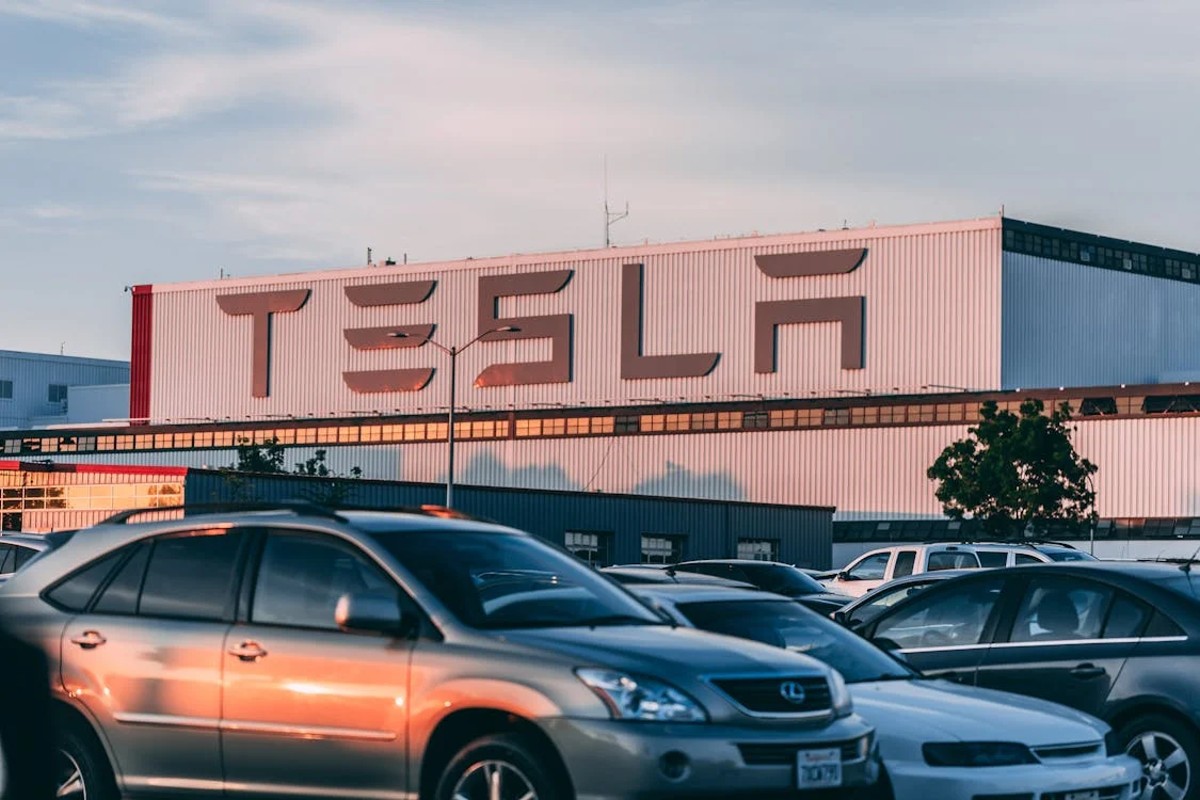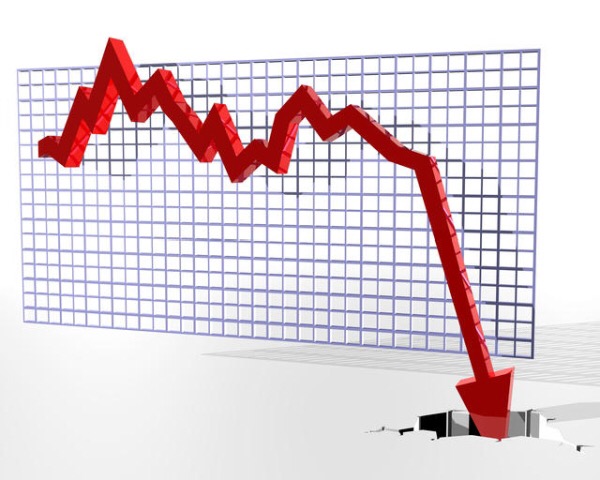Automotive News: Why Electric Vehicles Are Losing Value Faster Than Ever in 2025
In the high-stakes world of automotive innovation, electric vehicles (EVs) promised a greener future—and for a while, they delivered soaring sales and premium pricing. But as 2025 unfolds, the shine is fading fast.
–by Mark Cipolloni–
New data reveals that EVs are depreciating at unprecedented rates, with many models shedding over half their value in just three to five years. A March 2025 iSeeCars study of more than 800,000 used vehicles found that EVs lose an average of 58.8% of their value within five years—far outpacing gas-powered cars at 45.6%, hybrids at 40.7%, and trucks at 40.4%. This plunge isn’t just a blip; it’s reshaping the used car market, hammering fleet operators, and raising tough questions about the long-term viability of electrification.
The Numbers Don’t Lie: A Depreciation Cliff
The stats paint a grim picture for EV owners eyeing resale. In the U.S., a 2023 Tesla Model Y—once a bestseller—has lost 42% of its value in just two years, compared to a mere 20% drop for a comparable 2023 Ford F-150 truck. Across the pond in the U.K., three-year-old EVs are hemorrhaging more than 50% of their worth, double the 39% hit taken by traditional gas cars.
Drilling down to specific models, the depreciation varies wildly, but the trend is clear: luxury and early-adopter EVs are tanking hardest. Here’s a snapshot of the fastest-depreciating models over roughly five years, based on recent market analyses:
| Model | Original MSRP | Average 5-Year Used Price | Value Loss (%) |
| Jaguar I-Pace | $72,000 | $20,047 | 72.2 |
| Audi Q8 e-tron | $74,400 | $20,958 | 71.9 |
| Nissan Leaf (SV Plus) | $36,190 | $13,000 | 64.1 |
| Tesla Model S | $74,990 | $27,835 | 62.9 |
| Mercedes EQS | $104,400 | $41,121 | 60.6 |
Data compiled from iSeeCars and CarsDirect analyses. Even Tesla’s vaunted lineup isn’t immune: the Model Y has dipped 50% from its $50,000 MSRP to around $25,000, while the Model 3 fares slightly better at 46.3% loss. On the flip side, mass-market options like the Kia Niro EV have cratered 73.4% to $12,000, making it a steal for bargain hunters but a nightmare for original buyers.

These figures underscore a broader Q3 2025 trend: used EV prices have stabilized around $27,800 after a 32% year-over-year drop, but inventory is up 50%, signaling oversupply and softening demand.
Global Fallout: From Fleet Fire Sales to Everyday Heartbreak
The depreciation crisis isn’t confined to one market—it’s a worldwide reckoning. In India, the April 2025 collapse of BluSmart, the country’s trailblazing all-electric ride-hailing service, epitomizes the chaos. Once valued at over $12,000 per vehicle, BluSmart’s fleet of thousands flooded Delhi and Bengaluru markets at fire-sale prices of about $3,000 apiece. Potential buyers like Uber balked over battery health and warranty fears, leaving dusty cars stranded at charging stations.
Stateside, rental giant Hertz posted a staggering $2.9 billion loss in 2024, largely from dumping 30,000 EVs—including Teslas bought for $40,000+ that resold for under $20,000. This echoes broader fleet woes: ride-hailing and logistics companies, from Uber to Lyft, pledged electrification but now face vehicles worth pennies on the dollar before loans are repaid.
In Europe, where urban density and charging networks bolster confidence, resale holds up better, yet even there, the U.K.’s 50%+ three-year loss highlights vulnerabilities. Emerging markets like China and Norway buck the trend with stronger demand, but skeptics in Japan and rural North America see EVs as risky bets due to long hauls and cold-weather battery drain.
Unpacking the Culprits: Batteries, Buzz, and Bottlenecks
Why the nosedive? At the core is battery uncertainty—the EV’s beating heart. Unlike gas engines with a century of predictable wear, EV values hinge on opaque battery lifespans, fueling “range anxiety” even as real degradation hovers at a modest 1-2% annually. Only 1% of post-2016 EVs need replacements, often warranty-covered, but perceptions lag reality.
Layer on rapid tech leaps: Newer EVs boast double the range and half the charge time, rendering five-year-olds obsolete overnight. Tesla’s aggressive price cuts—slashing Model Y tags below $40,000—further erode used values. Infrastructure gaps exacerbate this: Sparse chargers and high insurance/repair costs deter buyers, especially in fleets racking up triple the mileage of personal cars.
Market saturation plays a role too. Over 1 million lease returns loom by 2026, flooding the used pool just as federal rebates (up to $4,000 for sub-$25,000 EVs) juice new sales. Brands matter: Teslas retain 10-15% more value thanks to software updates and Supercharger access, while off-brand like Nissan Leafs plummet 89%.

The Ripple Effects: A Wake-Up Call for the EV Revolution
For individual owners, it’s personal finance pain—subsidized green dreams turning into underwater loans. Fleets face existential threats: BluSmart’s implosion, amid fraud probes, underscores how resale roulette can bankrupt operators mid-transition. Globally, with one in five Europeans and one in ten Americans mulling EVs, this slump could stall adoption, per a McKinsey April 2025 report.
Yet, it’s not all doom. Hertz’s monthly $530-per-car bleed highlights the pivot to “battery-as-a-service” models, promising predictable costs and steadier residuals.
A Silver Lining for Savvy Shoppers—and a Path Forward
Amid the wreckage, opportunity knocks. Used EVs are outselling gas counterparts by 62.6% in 2025, with 34% under $25,000—ripe for rebates and turning skeptics into converts. Models like the Kia Niro EV or Chevy Bolt offer 200+ mile ranges at sub-$15,000, trouncing used gas alternatives in efficiency and total ownership costs. As batteries prove durable and certified pre-owned programs proliferate, experts predict stabilization by 2026, with supply tightening and consumer trust rebuilding.
The EV resale rout of 2025 is a brutal market correction, exposing hype’s limits. But like early smartphones that depreciated wildly before ubiquity, this could pave the way for mass affordability. For now, if you’re buying new, brace for the drop—or join the used market parade, where yesterday’s luxury is today’s steal. The road to sustainable transport is bumpy, but the destination? Still electrifying.
